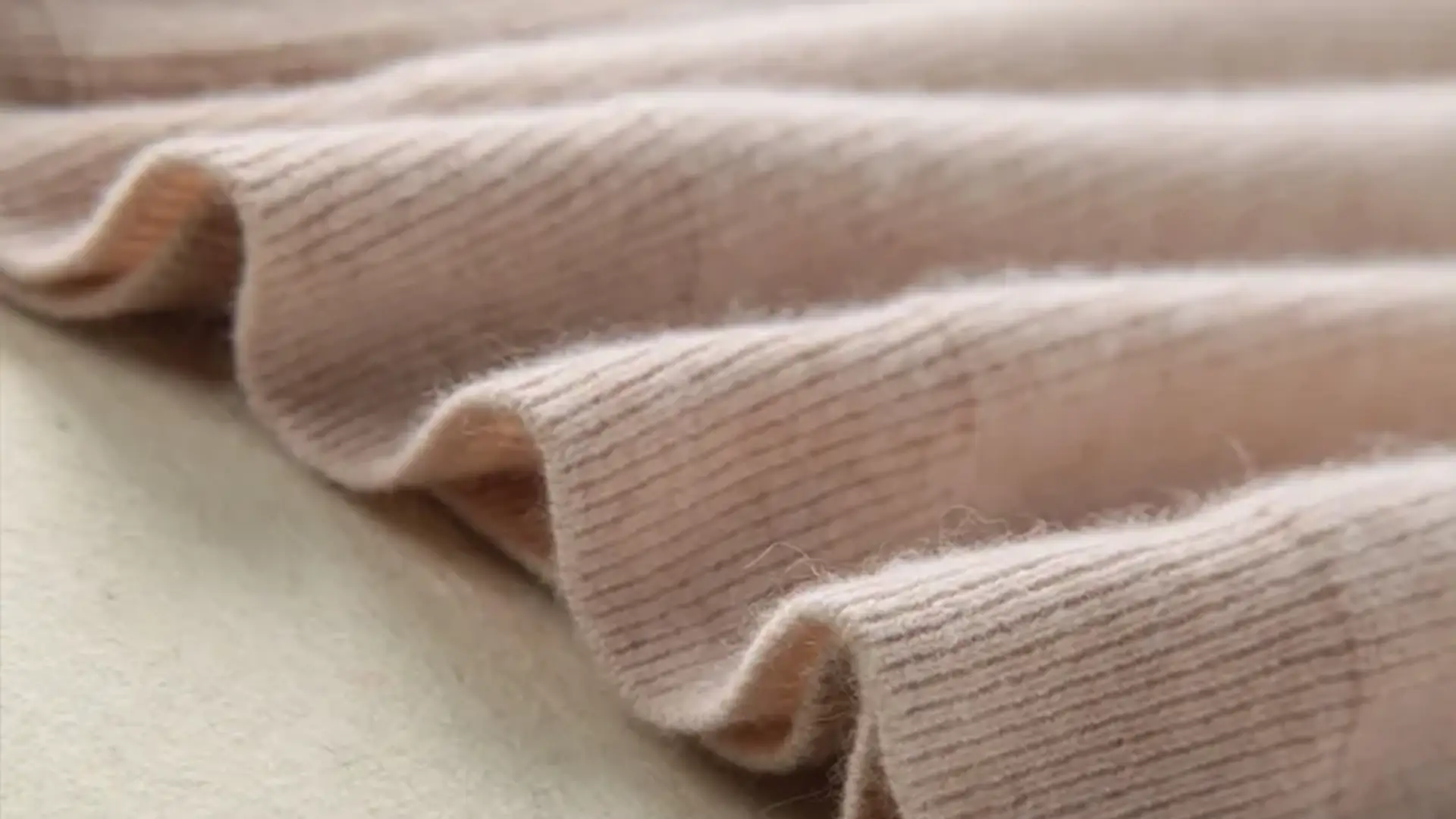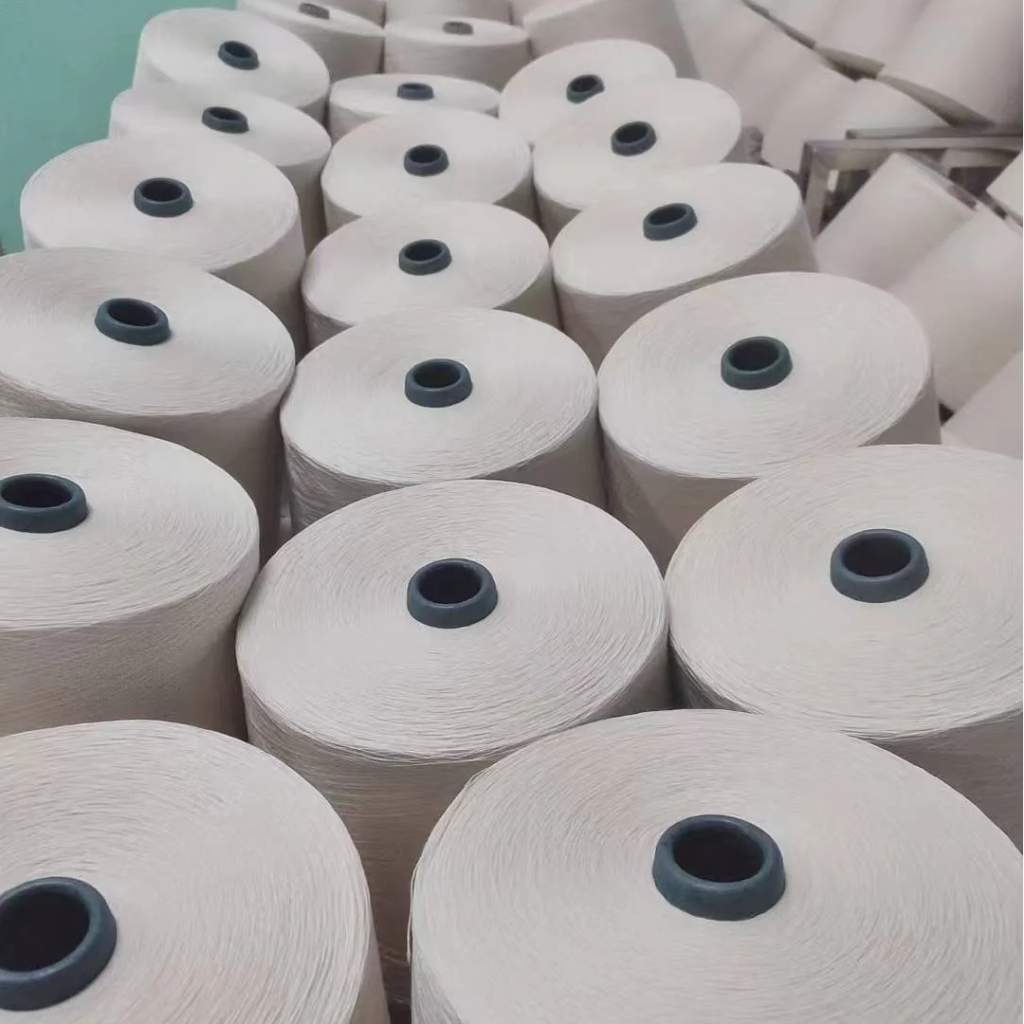Wool material
Sheep wool, natural animal hair, has good elasticity, strong hygroscopicity and good warmth retention. The material is delicate and can be used as close fitting clothing.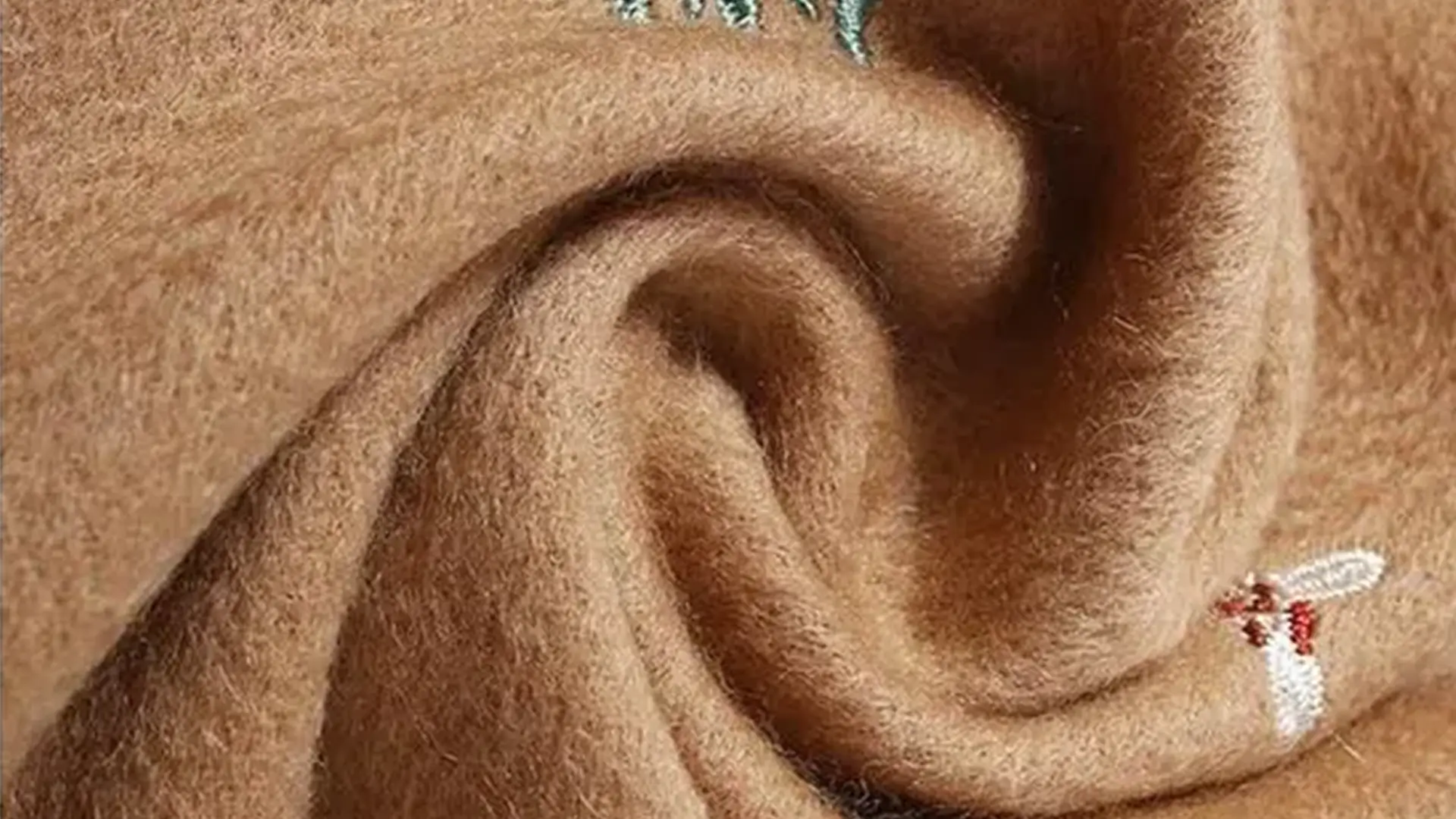
Merino wool material
The wool on Merino sheep is fine and soft, with high-quality wool and high yield. Merino wool is finer than regular cotton wool, making knitwear thinner. However, its thermal insulation performance is not inferior to regular cotton wool, and it is the wool closest to cashmere. Because it is skin friendly, soft, warm, cost-effective, and produces more than cashmere.
Cashmere material
Cashmere and wool are different. In fact, their origins are different: wool comes from sheep, and cashmere comes from goats. A sheep produces 6000-7000 grams of wool per year, but a goat can only provide 100-150 grams of cashmere per year. Because the collection method of cashmere is more complicated and the output is much smaller than that of wool, the price of cashmere is much more expensive than wool, but similarly, the comfort level is much higher. Cashmere is 8 times warmer than wool, but weighs only one-fifth of it. It is the best choice for winter clothing fabrics, but it is also more delicate and less durable than wool.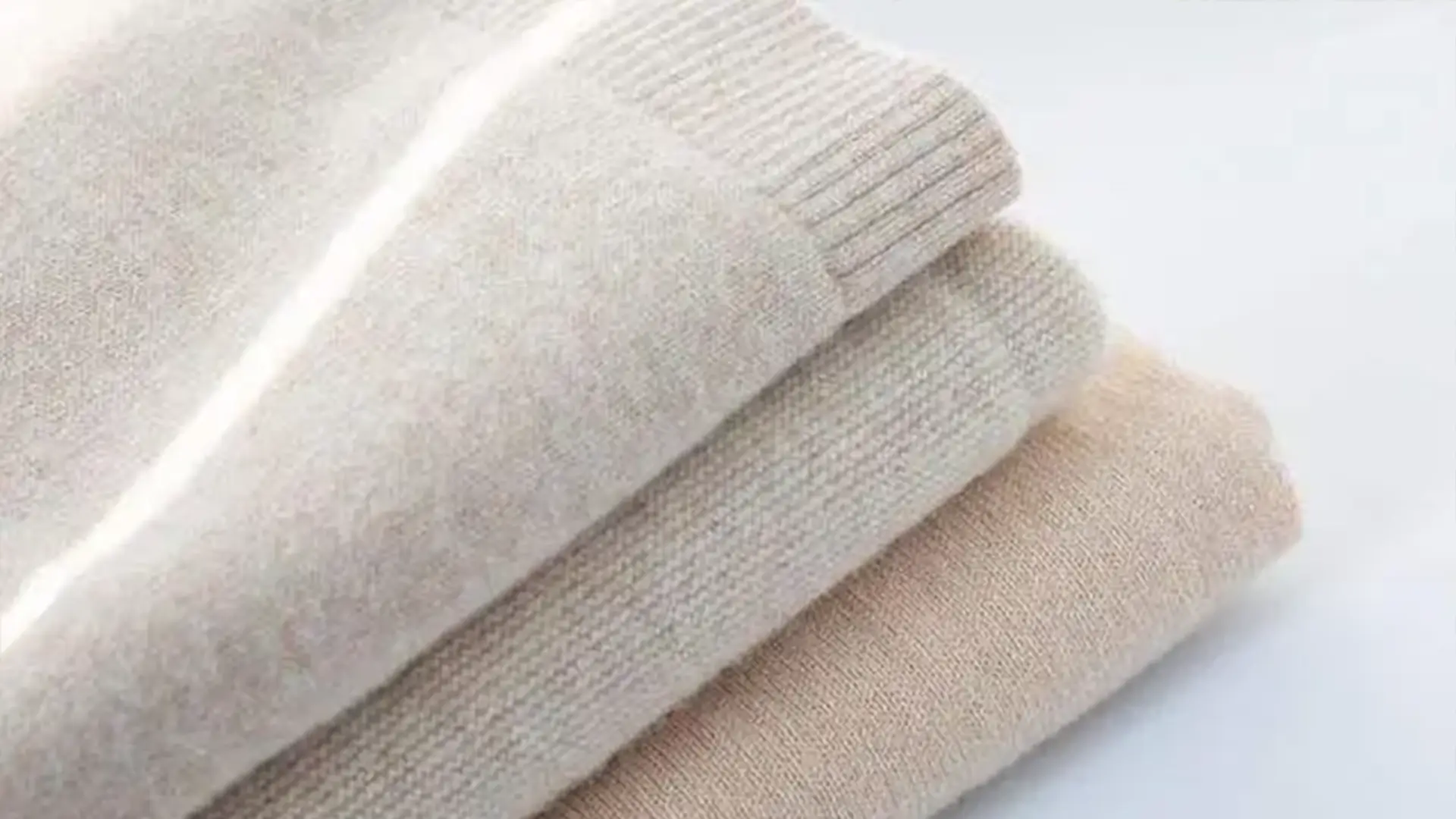
Acrylic material
Acrylic fiber is a synthetic fiber, usually made by wet spinning or dry spinning a copolymer of more than 85% acrylonitrile and second and third monomers. Acrylic fiber can be spun pure or mixed with wool, and some fibers with good texture can be sold as pure wool. Acrylic fiber is not susceptible to insect infestation or mold, and is also less prone to pilling. Blended sweaters made of acrylic fiber are cheaper and come in a variety of styles. But it’s not as warm as wool, and the texture is not as soft as wool.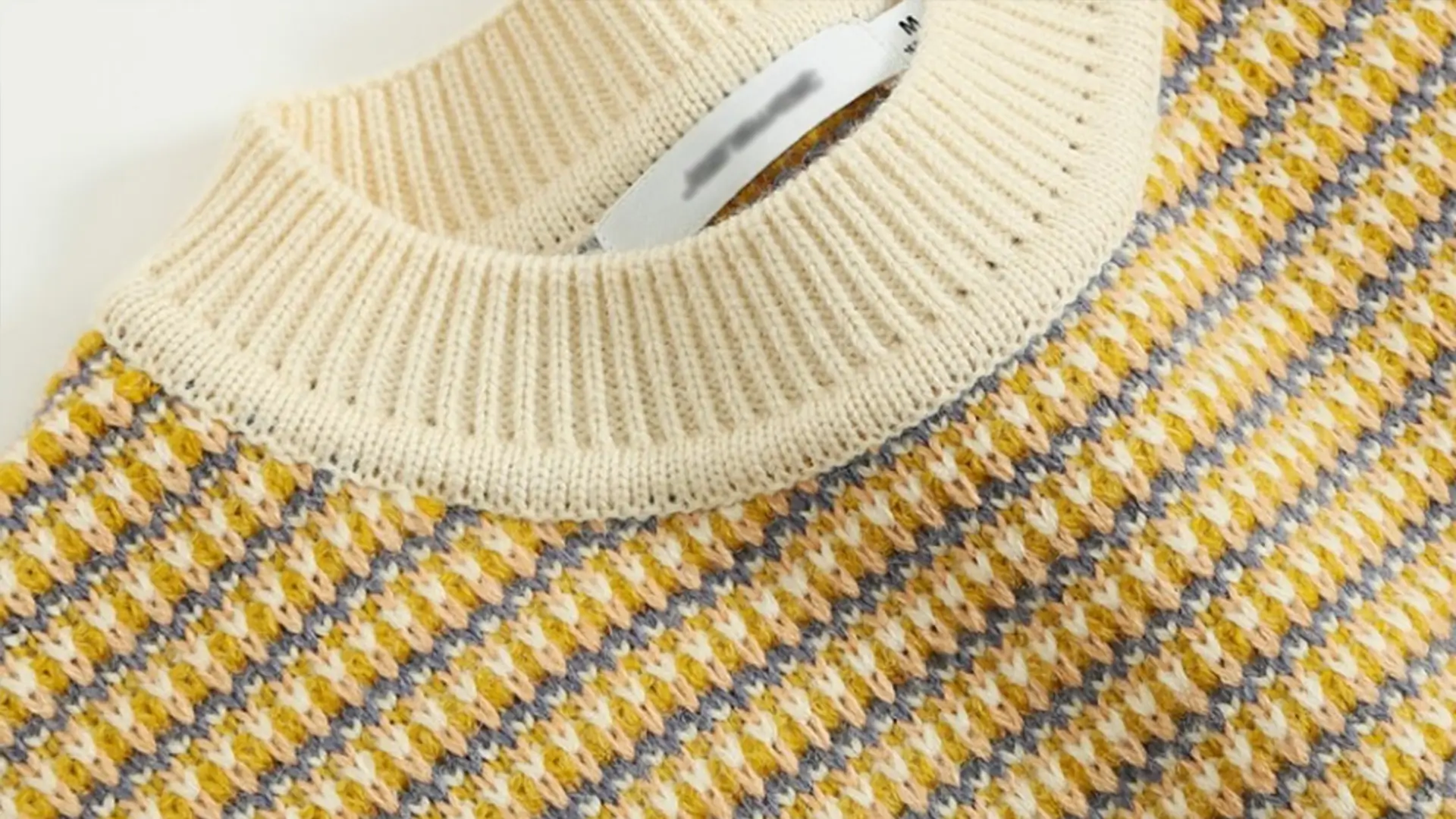
Material of mohair
Mohair, also known as Angolan mountain wool, is wavy and famous for its softness, high gloss, and easy coloring. Mohair has a light and fluffy texture, with a unique luster and natural drooping, making it soft and full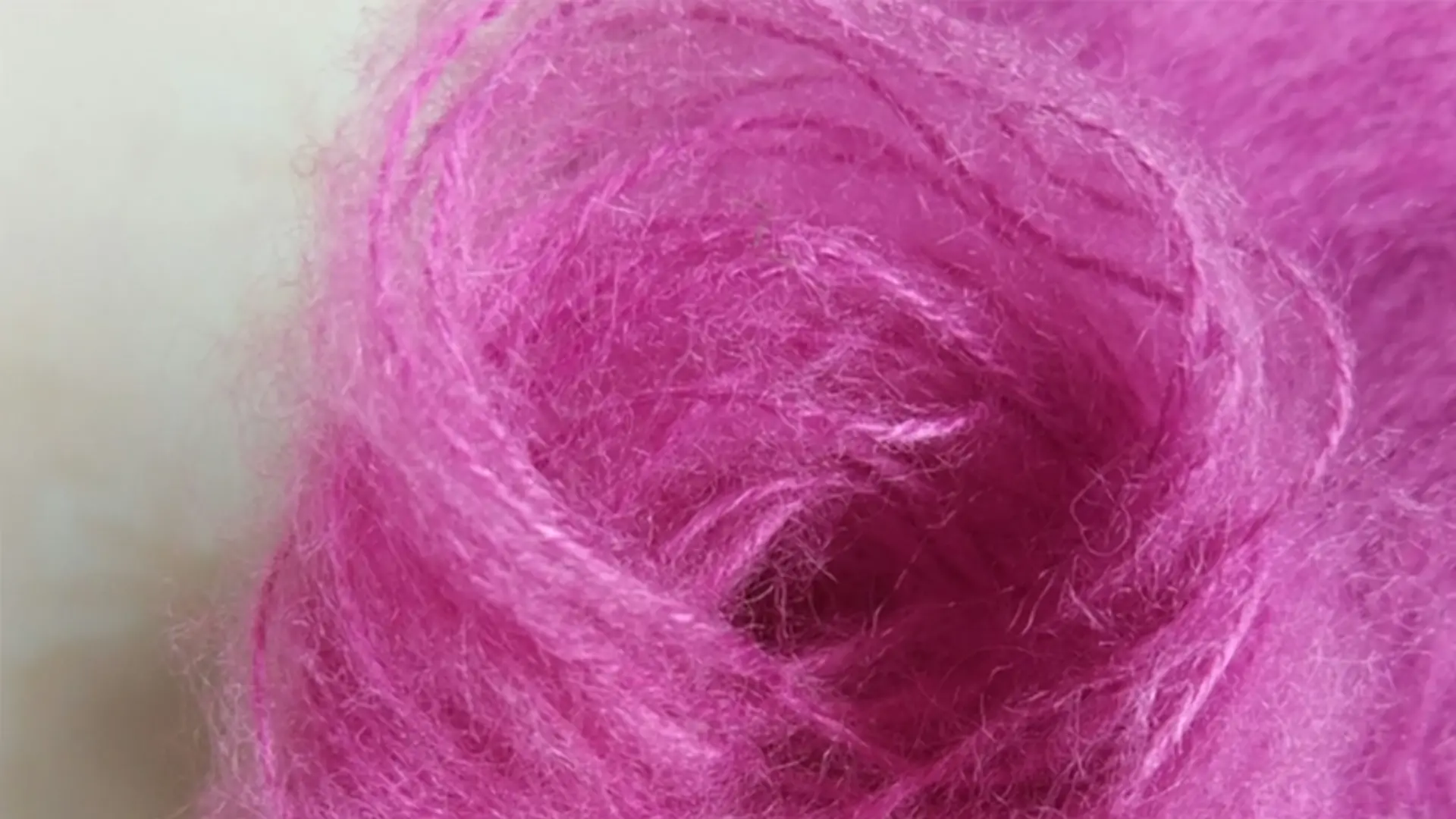
Polyester/polyester fiber
Organic dicarboxylic acid and polyol condensed polyester are spun into synthetic fibers, which have strong thermal insulation, UV protection, fire resistance, tear resistance, and good elasticity. The disadvantage is poor moisture absorption and a stuffy feeling when worn.